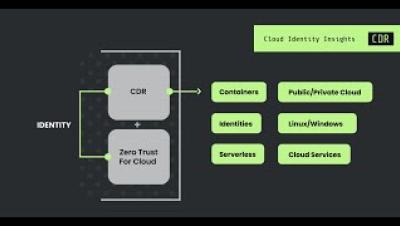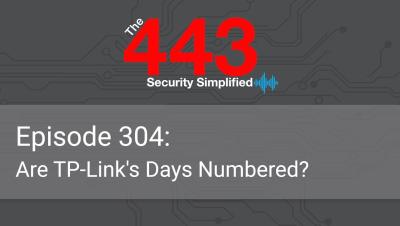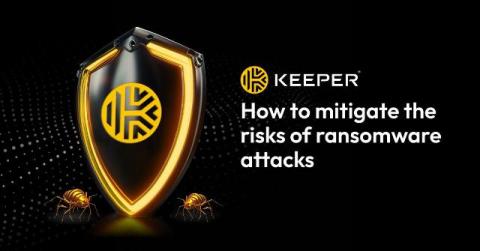Trustwave Data Reveals HTML Attachments, QR Codes, and BEC as Top Email Attack Vectors
The Trustwave SpiderLabs team regularly collects a trove of data while protecting clients from email-based attacks. HTML attachments, malicious QR codes, and business email compromise (BEC) are the favored attack methods. A recent snapshot of data from June 2024 from Trustwave MailMarshal shows that email-based threat actors still favor HTML attachments to deliver a variety of malware types.











